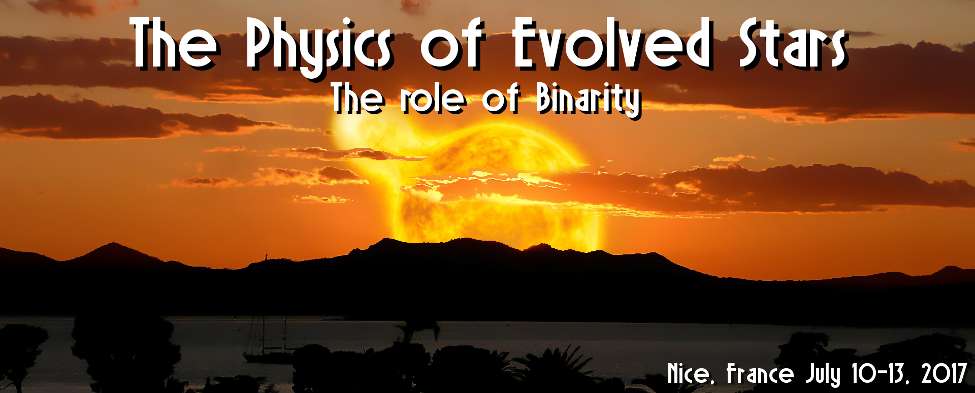We report the results from a pilot search for radio recombination line (RRL) emission at millimeter wavelengths in a small sample of pre-Planetary Nebulae (pPNe) and young PNe (yPNe) with emerging central ionized regions. These lines are
excellent probes of the dense inner ( <∼ 150 au) and heavily obscured regions of these objects, where the yet unknown agents for PN-shaping operate. We present the observations and the main results derived from non-LTE line and continuum radiative transfer models of the mm-RRL and continuum emission, which has allowed us to constrain the structure, kinematics, and physical conditions (electron temperature and density) of the ionized cores of our sample. One fundamental outcome from our analysis is the estimate of the mass-loss rates of the young (>15-30yr old) post-AGB ejections in our sample. We deduce mass-loss rates of ṀpAGB ≈10^−6 -10^−7 Msun/yr , which are significantly higher than the values adopted by stellar evolution models currently in use and that would result in a transition from the Asymptotic Giant Branch to the PN phase faster than hitherto assumed.

|
|
|
|
Planetary Nebulae genesis: emerging HII regions in post-AGB stars
1 : Centro de Astrobiologia
(CAB, INTA-CSIC)
2 : Instituto de Astronomia, UNAM
3 : Observatorio Astronomico Nacional
(OAN)
|
| Online user: 1 | RSS Feed |

|
 PDF version
PDF version